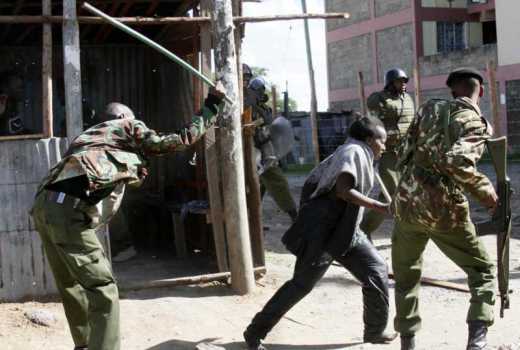×
The Standard e-Paper
Truth Without Fear

Last year, rights lobby Amnesty International released a report that put the police in a spot over excessive use of force in the run-up to the August 8 General Election that resulted in untold death and suffering in parts of the country.
It was not an isolated case. In 2016, Kenya’s war on terror was put under the spotlight over a series of enforced disappearances throughout the country.